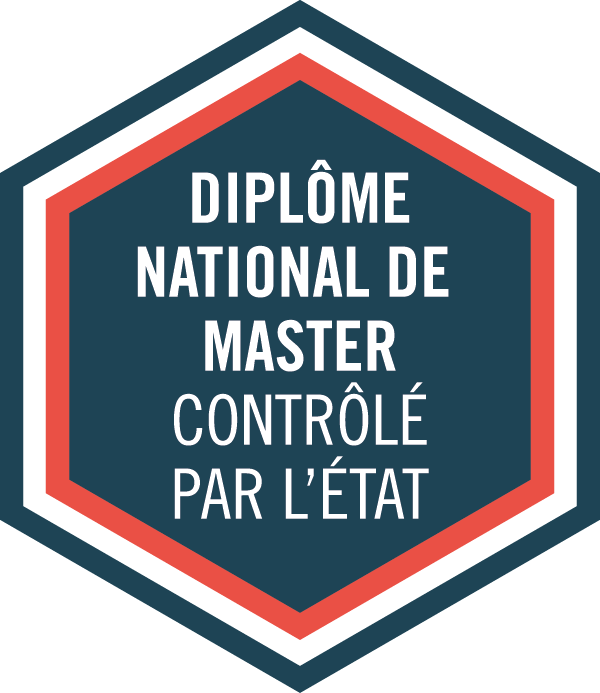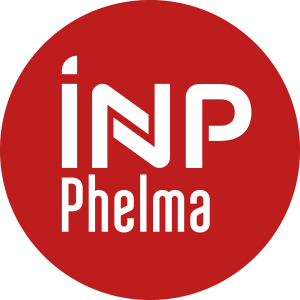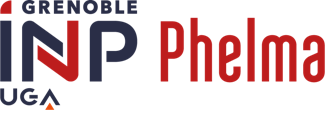Number of hours
- Lectures 8
ECTS
ECTS 0,75
Goal(s)
The content of this lecture is based on state of the art research achievements. Nevertheless, the explanations will be adapted for the students of master WICS
Gwenael Gaborit (gwenael.gaborit@univ-savoie.fr)
Content(s)
The content of this lecture is based on state of the art research achievements. Nevertheless, the explanations will be adapted for the students of master WICS.
- Introduction and context:
- Why measuring the electric (E) field ?
- requirements for E-field measurement
- definition of relevant characteristics for E-field sensors
- benchmarking of exiting sensors
- Optical sensor for the E-field vectorial analysis
- Active sensors
- principles
- perfomances
- example of field assessment
- passive sensors
- principles
- perfomances
- example of field assessment in air
- example of field assessment in biological media
- example of intense field assessment associated to partial or total discharge
- example of intense field assessment in the vicinity of plasmas for biomedical applications
- Conclusion
Additional exercises will be proposed for each section/ subsection of the lecture.
The exam is given in english only
1 written exam, 1 hour [to be confirm or modified]
Final mark= 1 (exam)
Lecture is given in English only.
H.I. Bassen and G.S. Smith. Electric field probes- a review. IEEE Transactions on Antennas and Propagation, AP-31 :710–718, 1983.
D. V. Giri and F. M. Tesche. Classification of intentional electromagnetic environments. IEEE Trans. Electromagn. Compat., 46 :323–329, 2004.
W. D. Parther, C. E. Baum, R. J. Torres, F. Sabath, and D. Nitsch. Survey of worldwide high-power wideband capabilities. IEEE Trans. Electromagn. Compat., 46 :335–344, 2004.
R. E. Collin. Field theory of guided waves. McGrawHill, 1960.
F. Pockels. Gesell., wiss. Gottingen, 39, 1, 1893.
F. Pockels. Lehrbuch der kristalloptik. Leipzig : Teubner, 1906.
S.Wakana, T. Ohara, M. Abe, E. Yamazaki, M. Kishi, and M. Tsuchiya. Fiber-edge electrooptic/magnetooptique probe for spectral-domain analysisof electric field. IEEE Trans.Microwave Theory Tech., 48 :2611, 2000.
M. Shinagawa, T. Nagatsuma, K. Ohno, and Y. Jin. A real time electrooptic handy probe using a continous-wave laser. IEEE Trans. Instrum. Meas., 50 :1076, 2001.
L. Duvillaret, S. Rialland, and J-L. Coutaz. Electro-optic sensors for electric field measurements. ii. choice of the crystals and complete optimization of their orientation. J. Opt. Soc. Am. B, 19 :2704–2715, 2002.
L. Duvillaret, S. Rialland, and J-L. Coutaz. Electro-optic sensors for electric field measurements. i.theoretical comparison among different modulation techniques. J. Opt. Soc. Am. B, 19 :2692–2703, 2002.
K. Yang, G. David, J.G. Yook, I. Papapolymerou, L.P. Katehi, and J.F. Whitaker. Electrooptic mapping and finite-element modeling of the near-field pattern of a microstrip patch antenna. Microwave Th. and Tech., 48, 2 :288–294, 2000.
K. Yang, L.P. Katehi, and J.F. Whitaker. Electro-optic field mapping system utilizingexternal gallium arsenide probes. App. Phys. Lett., 77,4 :486–488, 2000.
G. Gaborit, J-L. Coutaz, and L. Duvillaret. Vectorial electric field measurement using isotropic electro-optic crystals. App. Phys. Let., 90, 2007.
J. P. Pérez. Optique - Fondements et applications. éditions Dunod, 2004.
G. Gaborit. Caractérisation de champs électriques hyperfréquences par capteurs électro-optiques vectoriels fibrés. PhD thesis, Universite de Savoie, 2005.
P. Jarrige R.P. O’Connor G. Gaborit L. Duvillaret D. Arnaud-Cormos N. Ticaud, S. Kohler and P. Leveque. Specific absorption rate assessment using simultaneous electric field and temperature measurements. IEEE Ant. Wire. Prop. Lett., 11 :252–255, 2012.
G. Gaborit, J.Dahdah, F. Lecoche, P. Jarrige, Y. Gaeremynck, E. Duraz, and Lionel Duvillaret. A nonperturbative electrooptic sensor for in situ electric discharge characterization. IEEE Trans. Plasm. Sci., 41 :2851–2857, 2013.
French State controlled Master's degree




